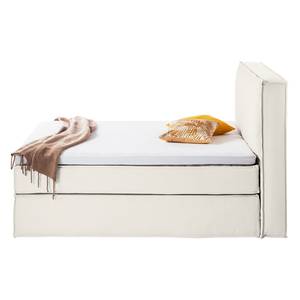
Kaufen Sie Black Friday Polsterbett Kinx - Stoff KINX: Beige - 180 x 200cm zum besten Preis auf Gastebetten.de

Betthusse/ Bezug für Boxspringbett Kinx von Home24 in Hessen - Eschwege | eBay Kleinanzeigen ist jetzt Kleinanzeigen

home24 OUTLET STORE Ruhrgebiet - Polsterbett KINX 180x200 (ohne Lattenrost) Outlet Schnäppchen nur 399.-€ Regulärer Online Preis 799,99€ Matratze Smood (90x200cm) Outlet Schnäppchen nur 149.-€ Regulärer Online Preis 399,99€ Lattenrost Medistar Outlet

Kinx Boxspringbett in 160 x 220 cm Home24 in Süd - Sachsenhausen | eBay Kleinanzeigen ist jetzt Kleinanzeigen

home24 OUTLET STORE Ruhrgebiet - Top Schnäppchen! Boxspringbett Kinx Sondergröße 220x200cm Leider ein wenig verschmutz lässt sich aber 🧽 reinigen! Outlet Schnäppchen nur 999.-€ Regulärer Online Preis 2499,99€ | Facebook

home24 OUTLET STORE Ruhrgebiet - Boxspringbett Kinx inkl. Topper👍 Sondergröße 🥰 220x200cm Outlet Schnäppchen nur 1499.-€ Regulärer Online Preis 2399,99€ | Facebook


















